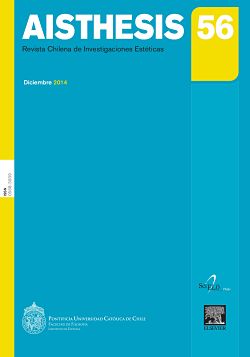Archimboldi: The black hole in 2666
Main Article Content
Abstract
This essay attempts to prove the hypothesis that, in Roberto Bolaño’s work, time will be assumed as a trip to chaos and the perception of “time lags” within the chronological structure. This approach will be applied, concretely, to 2666, where Bolaño presented his greatest concern about the subject of time, and more specifically to “The Part of Archimboldi”, where it is evident that the German writer would not only act as a character who, because of his novels’ charm, causes his latter persecution, but also would act as a true “black hole”, capable of gobbling up all the aesthetical and existential circumstances that surround him.
Downloads
Article Details

This work is licensed under a Creative Commons Attribution-NonCommercial-ShareAlike 4.0 International License.
All contents of this electronic edition are distributed under the Creative Commons license of "Attribución-shareAlike 4.0 Internacional" (CC-BY-SA). Any total or partial reproduction of the material must mention its origin.
The rights of academic works published in this publication belong to their authors., who grant to AISTHESIS: Revista Chilena de Investigaciones Estéticas the license for its use. The management of the permits and the authorization of the publication of the images (or of any material) that contains copyright and its consequent rights of reproduction in this publication is the sole responsibility of the authors of the articles
